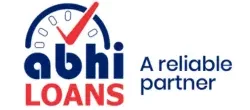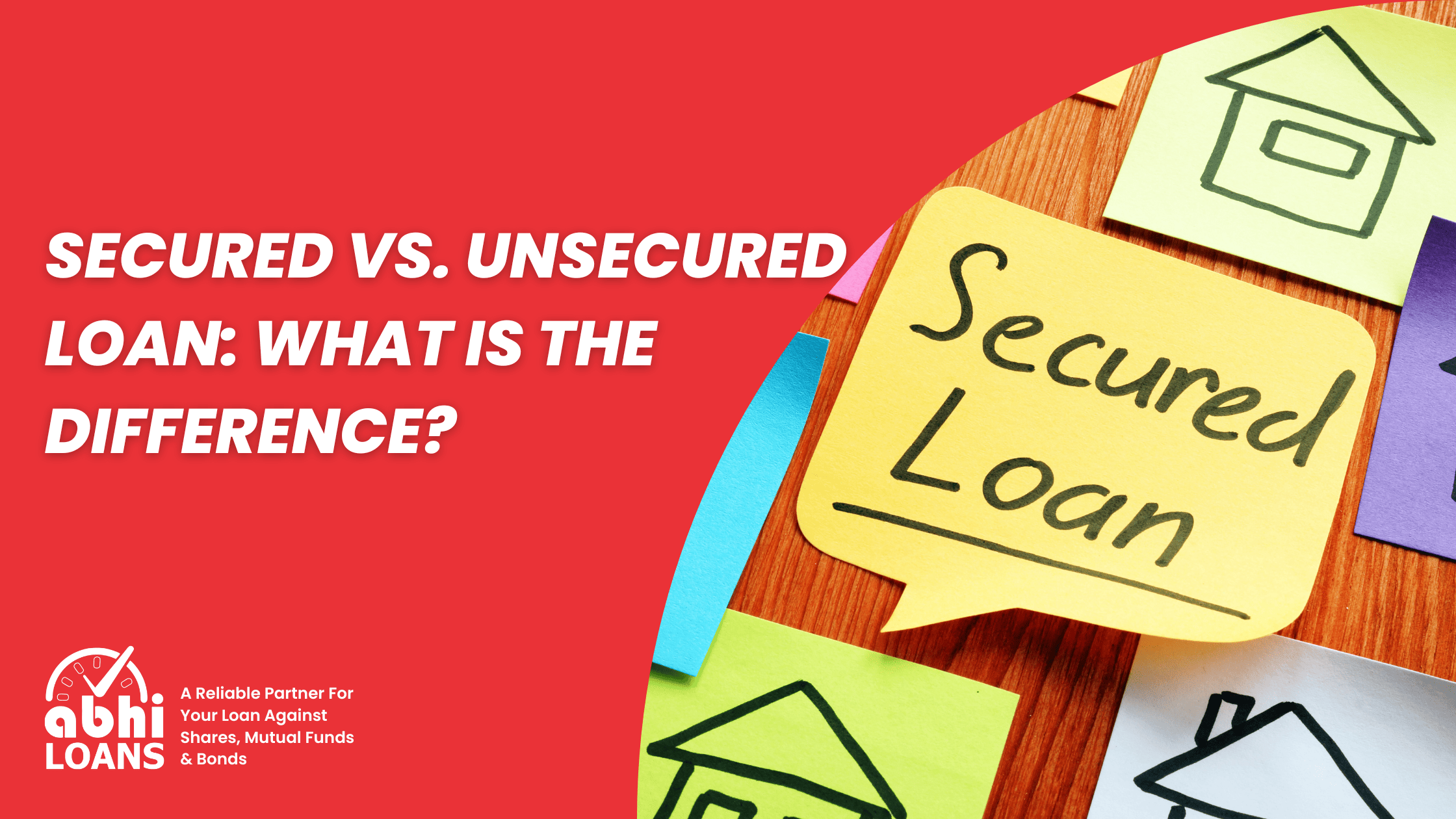Secured vs. Unsecured Loans: Which Is Right for You?
Whether planning a dream vacation, covering your child’s education costs, renovating your home, or bearing an unexpected expense, a loan can help you access the funds you need. However, before taking a loan, it’s important to understand there are two types of loans available: secured loans, where you pledge your assets like property or securities as collateral, and unsecured loans, which don’t require any security but may come with higher interest rates.
Each type of loan comes with its advantages, risks, and eligibility criteria. In this guide, we’ll guide you through everything you need to know about secured and unsecured loans—how they are different, the benefits and drawbacks of each, and how to decide which option is the best fit for your financial needs.
What is a Secured Loan?
A secured loan is a loan where the borrower must offer an asset as collateral to access the money. This asset could be your house, car, shares, mutual funds, gold, fixed deposit, or any other asset. If you fail to repay the loan, the lender has the legal right to take the collateral and recover the outstanding dues.
Common Examples of Secured Loans:
Home Loans: Secured against the property being purchased.
Car Loans: Secured against the car itself.
Loan Against Property (LAP): A loan secured by pledging a residential or commercial property as collateral.
Loan Against Securities: Secured against shares, mutual funds, bonds, or insurance policies.
Gold Loans: These Loans are typically backed by gold ornaments or coins as collateral.
How It Works:
Suppose you take out a loan using your securities as collateral. You will receive funds based on the market value of the pledged securities, such as shares, mutual funds, or bonds. If you default on the repayment, the lender can sell the pledged securities to recover the amount owed.
What is an Unsecured Loan?
An unsecured loan is a type of loan provided without requiring collateral or assets as security. The lender approves these loans based mainly on the borrower’s creditworthiness, income stability, and ability to repay rather than on the value of the pledged securities. Since the lender takes risks without collateral to recover in case of default, unsecured loans typically come with higher interest rates compared to secured ones.
Common Examples of Unsecured Loans:
- Personal Loans
- Credit Cards
- Consumer Durable Loans
- Education Loans (some)
- Travel Loans
How It Works:
Imagine you need ₹5 lakhs for a wedding. When you apply for a personal loan, the bank checks your credit score and income. If you qualify, they grant you the loan without asking for any assets. If you fail to repay, your credit score takes a hit, and you may face legal action, but the lender can’t seize your assets directly.
Key Differences Between Secured and Unsecured Loans
| Features | Secured Loan | Unsecured Loan |
| Collateral | Required | Not required |
| Risk for Borrower | Lower risk (asset may be lost) | Higher risk (credit score may drop) |
| Interest Rate | Lower | Higher |
| Loan Amount | Usually higher | Usually lower |
| Approval Criteria | Based on collateral value | Based on credit score and income |
| Tenure | Longer repayment period | Shorter repayment period |
| Processing Time | Slightly longer | Faster processing |
Pros and Cons of Secured Loans
Pros:
- Lower Interest Rates: Lenders offer better rates due to reduced risk.
- Higher Loan Amounts: Your borrowing capacity increases with valuable collateral.
- Extended Repayment Terms: Enjoy more flexible and longer repayment periods.
- Quick Approval: Qualify more easily despite having a low credit score backed by collateral.
Cons:
- Risk of Losing Assets: Defaulting may lead to loss of your pledged asset.
- Longer Processing Time: Verification of the asset may take time.
- Limited to Asset Value: The loan amount depends on the value of the pledged asset.
Pros and Cons of Unsecured Loans
Pros:
- No Collateral Required: Proceed without placing personal property at risk
- Fast Disbursement: Best for emergencies and short-term needs.
- Simple Process: faster approval and less paperwork required.
Cons:
- Higher Interest Rates: The interest rates are generally higher, due to high risk.
- Smaller Loan Amounts: May not meet high-ticket expenses.
- Dependent on credit score: Poor credit scores may result in application rejection or significantly higher interest rates.
- Shorter Tenure: The repayment period is usually shorter, increasing the monthly burden.
Which One Should You Choose?
Choosing between these two loans depends on multiple factors:
1. Purpose of the Loan
- Secured loans provide an ideal financing solution for significant life expenditures such as home purchases or educational progress.
- For short-term needs like medical bills, travel, or weddings, an unsecured loan works better.
2. Loan Amount
- Secured loans offer the advantage of higher borrowing limits.
- If you need a small or medium amount, unsecured loans are quicker and more convenient.
3. Risk Tolerance
- If you’re comfortable pledging an asset, secured loans offer better rates and flexibility.
- If you prefer not to risk any personal belongings, go for unsecured loans, but be prepared to pay higher interest.
4. Your Credit Profile
- Good credit score: You may easily qualify for an unsecured loan at a decent rate.
- Bad credit score: In this scenario, a secured loan might be your best option.
Real-Life Scenarios: Secured vs. Unsecured
Scenario 1: Loan Against Mutual Funds vs. Personal Loan Ajay needs ₹3 lakhs for a vacation. He holds mutual fund units worth ₹10 lakhs. Instead of redeeming them, he takes a loan against mutual funds at 9% interest. Meanwhile, his friend opts for a personal loan at 14%. Ajay saves money on interest and still earns returns on his investments.
Scenario 2: Gold Loan vs. Credit Card Debt Reena urgently needs ₹ 50,000. She is considering using her credit card, which charges 32% annual interest. Instead, she opts for a gold loan at 10% interest by pledging her jewellery. The result? Lower EMIs and a reduced debt burden.
Conclusion
Understanding the difference between secured and unsecured loans is important to making informed borrowing decisions. Secured loans typically come with lower interest rates and higher borrowing limits, but they have a risk: if you can’t repay, you could lose the asset you’ve placed up as collateral.
Unsecured loans, on the other hand, are faster to get and don’t need collateral, but they often come with higher interest rates and stricter repayment terms. Always evaluate your financial situation, the purpose of the loan, and repayment ability before choosing.

